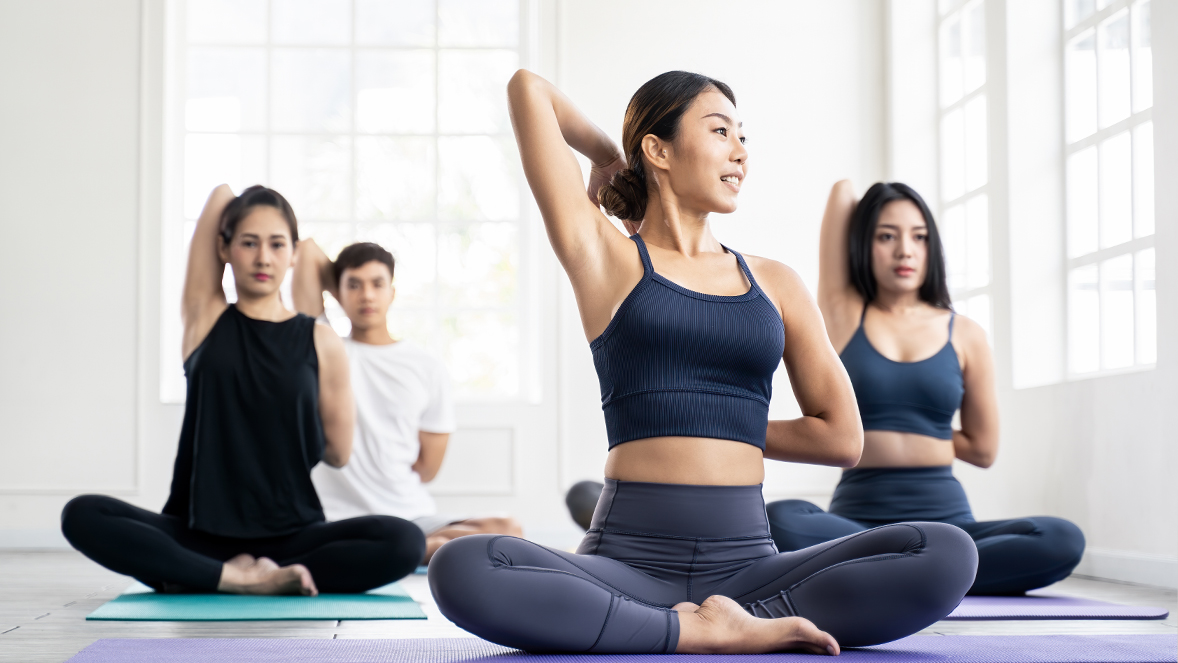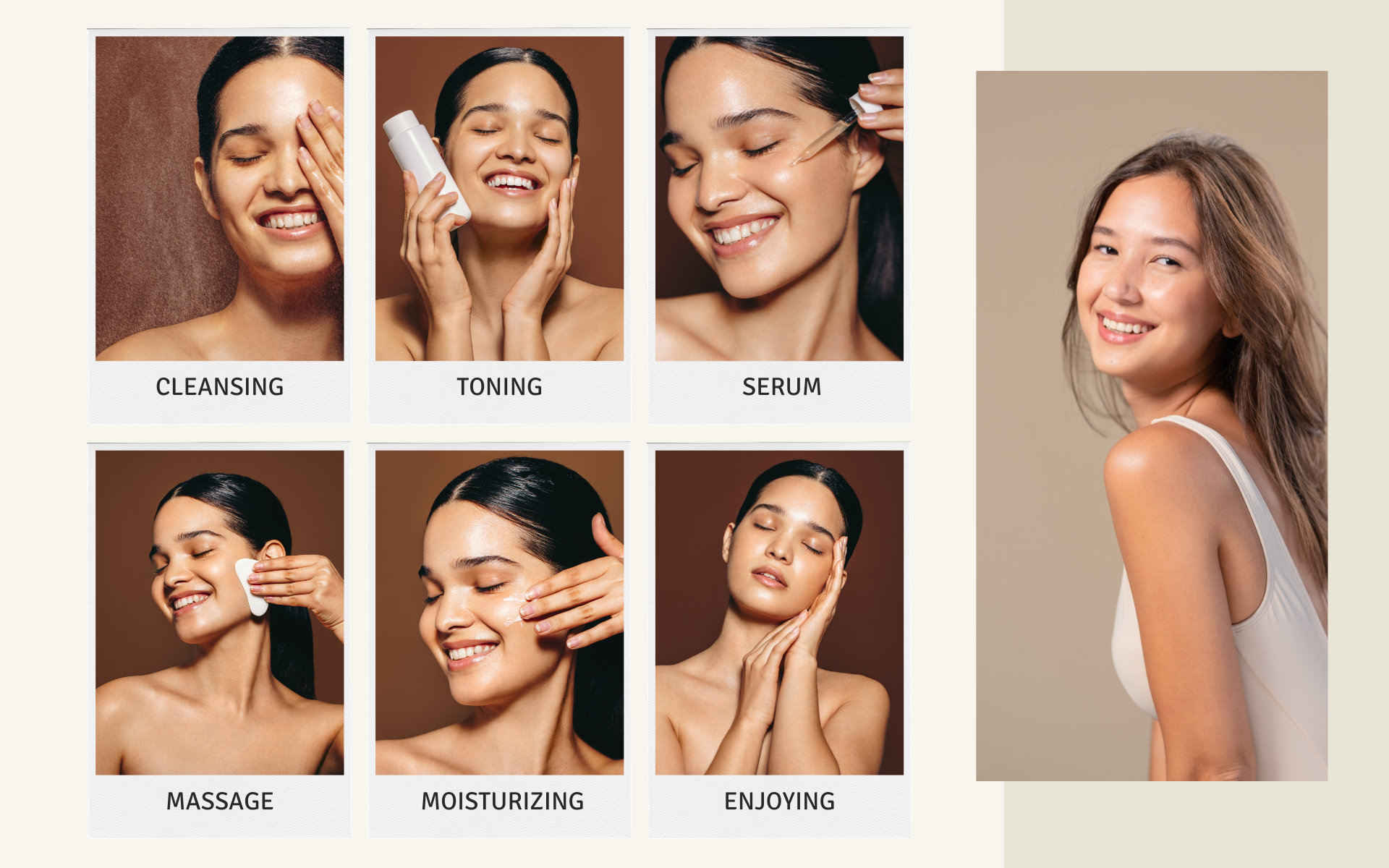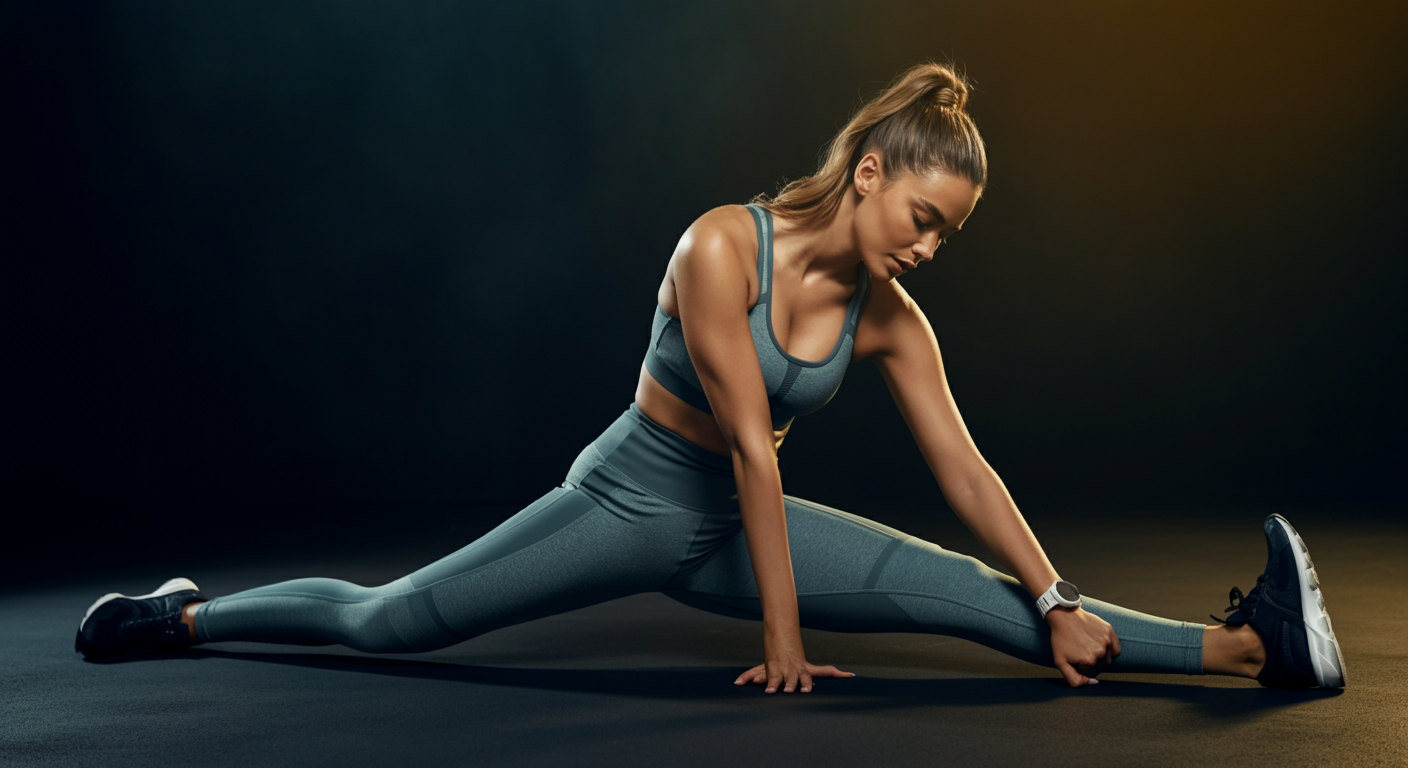Creating realistic, dynamic mortal numbers is one of the biggest challenges artists face. Whether you are drawing, painting, or designing characters, having the right mortal body reference acts can make all the difference. Good references help you understand deconstruction, proportion, movement, and emotion, allowing you to bring your art to life.
In 2025, artists have access to further varied and high- quality figure references than ever before. This composition will walk you through everything you need to know about finding, using, and serving from mortal body reference poses so you can level up your artwork with confidence.
Why Use Human Body Reference Poses?
Using references isn’t cheating — it’s a vital part of the creative process. Here’s why:
- Accuracy: Reference poses help you get body proportions and anatomy right.
- Movement: They capture natural body language and dynamic motion.
- Perspective: Different angles and foreshortening can be tricky without a visual guide.
- Lighting and Shadows: Photos show how light interacts with muscles and curves.
- Creativity Boost: Seeing new poses inspires original ideas.
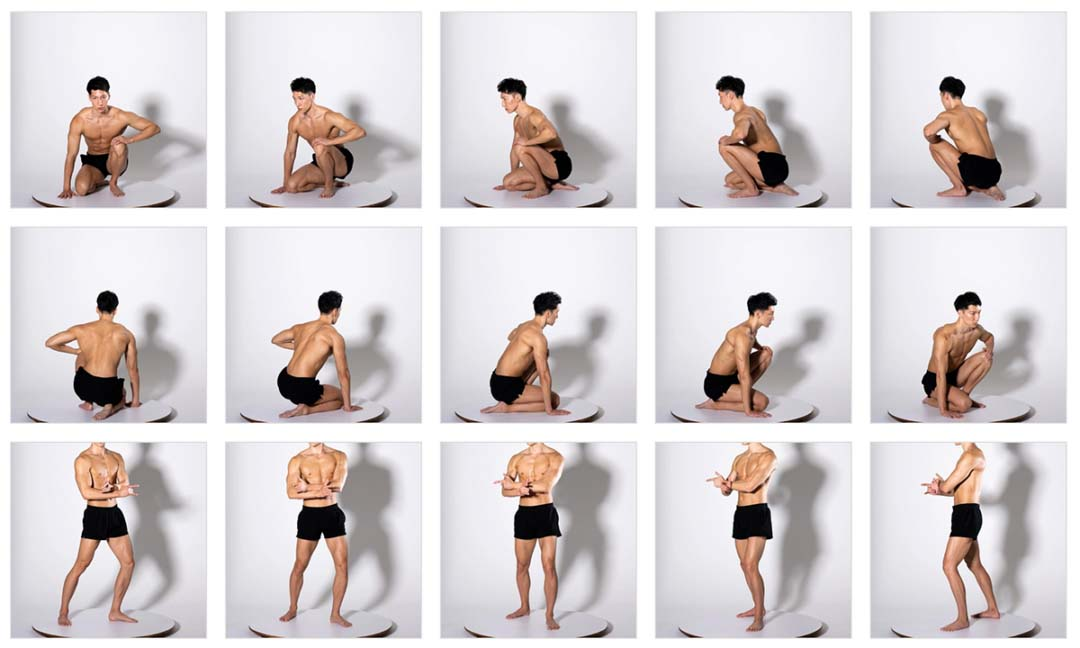
When you study and copy from references, your brain learns to recognize patterns in human anatomy. Over time, you can draw from imagination with more realism.
Types of Human Body Reference Poses
To cover all your artistic needs, it’s helpful to understand the different types of reference poses available:
1. Static Poses
These are simple, balanced poses such as standing, sitting, or relaxed stances. They’re great for practicing proportion and muscle structure without complex motion.
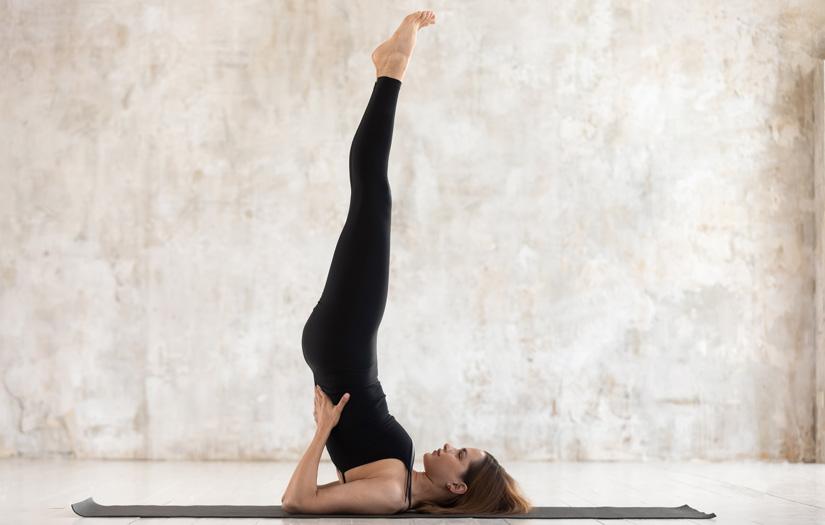
2. Dynamic Poses
Think jumping, running, dancing, or action-packed movements. Dynamic poses help artists capture energy, weight shifts, and muscle tension.

3. Gesture Poses
Quick, expressive poses focusing on the flow and rhythm of the body rather than details. They’re great for warming up and loosening your lines.
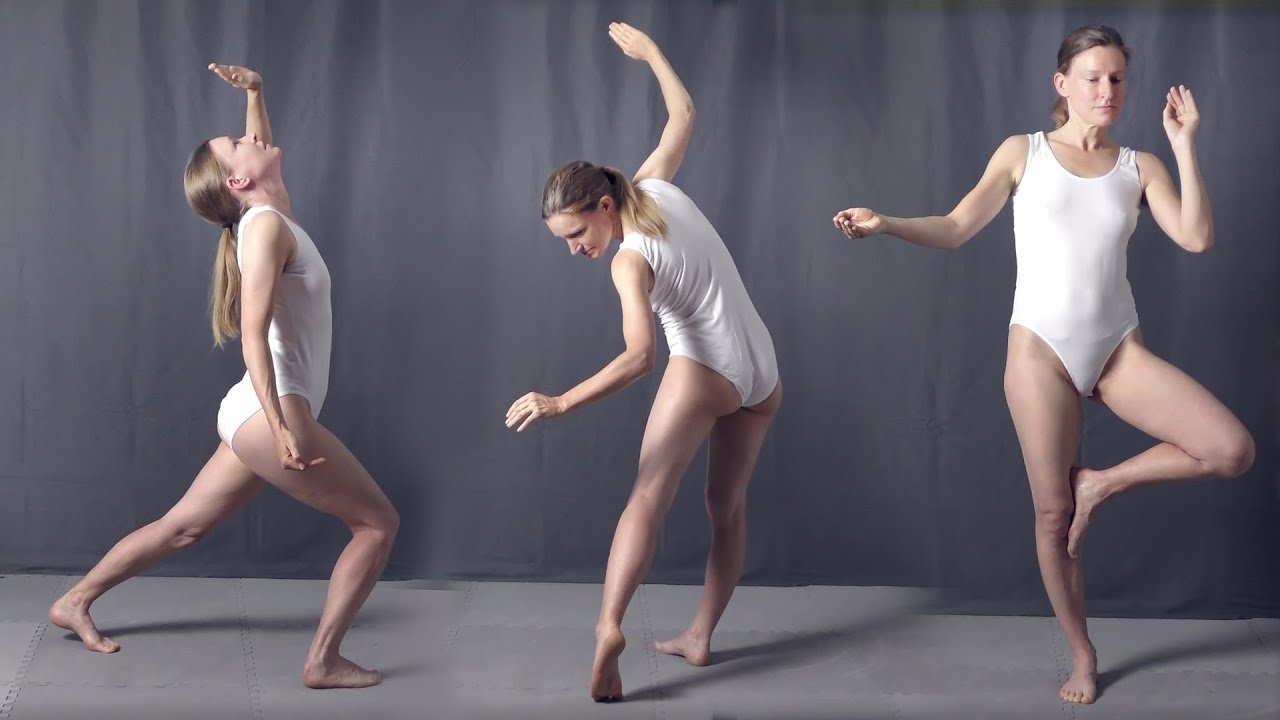
4. Foreshortened Poses
Poses that emphasize perspective, where parts of the body appear closer or further from the viewer. Foreshortening is challenging but essential for 3D depth.

5. Emotion and Expression Poses
Poses that communicate mood through body language—slouching, confident stances, tiredness, excitement. These add storytelling power to your art.

Where to Find the Best Human Body Reference Poses
Thanks to technology, there are many resources where artists can find high-quality reference poses.
1. Photo Reference Packs
Platforms like Gumroad, Cubebrush, and ArtStation offer curated photo packs featuring models in various poses. These often include:
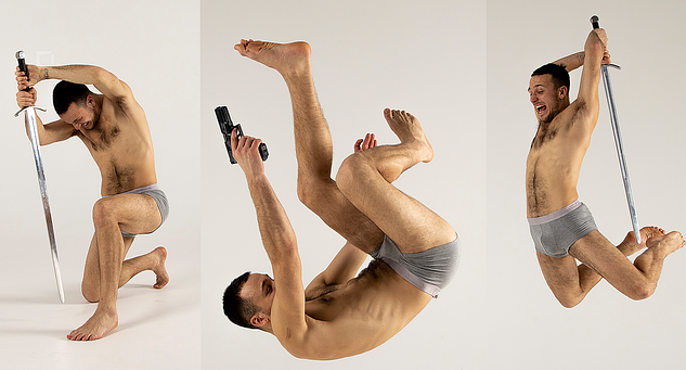
- Male and female models
- Multiple angles of the same pose
- Different body types and ages
- Dynamic, everyday, and fantasy poses
These packs are affordable and perfect for building your personal pose library.
2. Online Figure Drawing Websites
Websites such as:
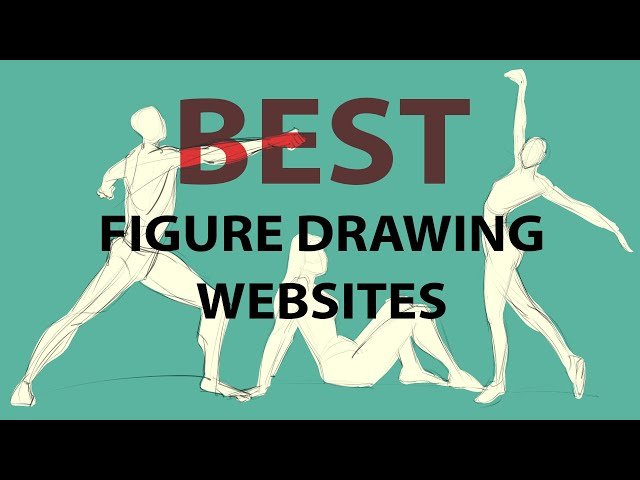
provide timed figure drawing sessions with random poses, helping artists practice gesture and anatomy under time pressure.
3. 3D Pose Apps
Apps like Magic Poser, JustSketch.Me, and Design Doll allow you to customize human figures, pose them in any position, and adjust lighting and camera angles. These are great for creating custom references for tricky angles or movements.
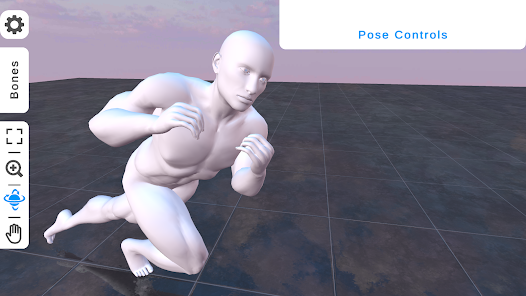
4. Video References
Pause videos of dancers, athletes, or actors to capture natural, fluid poses. Sites like YouTube and Vimeo are treasure troves of motion and expression.
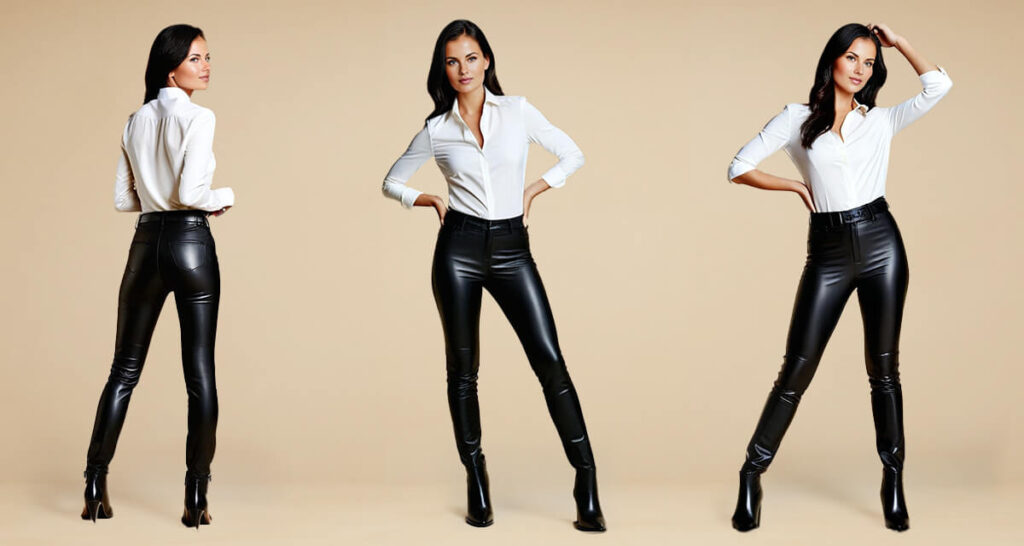
How to Use Human Body Reference Poses Effectively
Simply having a reference isn’t enough—you need to use it smartly to improve.
1. Observe, Don’t Trace
Use references as a guide, not a direct copy. Focus on understanding the underlying structure rather than copying details pixel-by-pixel. This builds your visual memory.
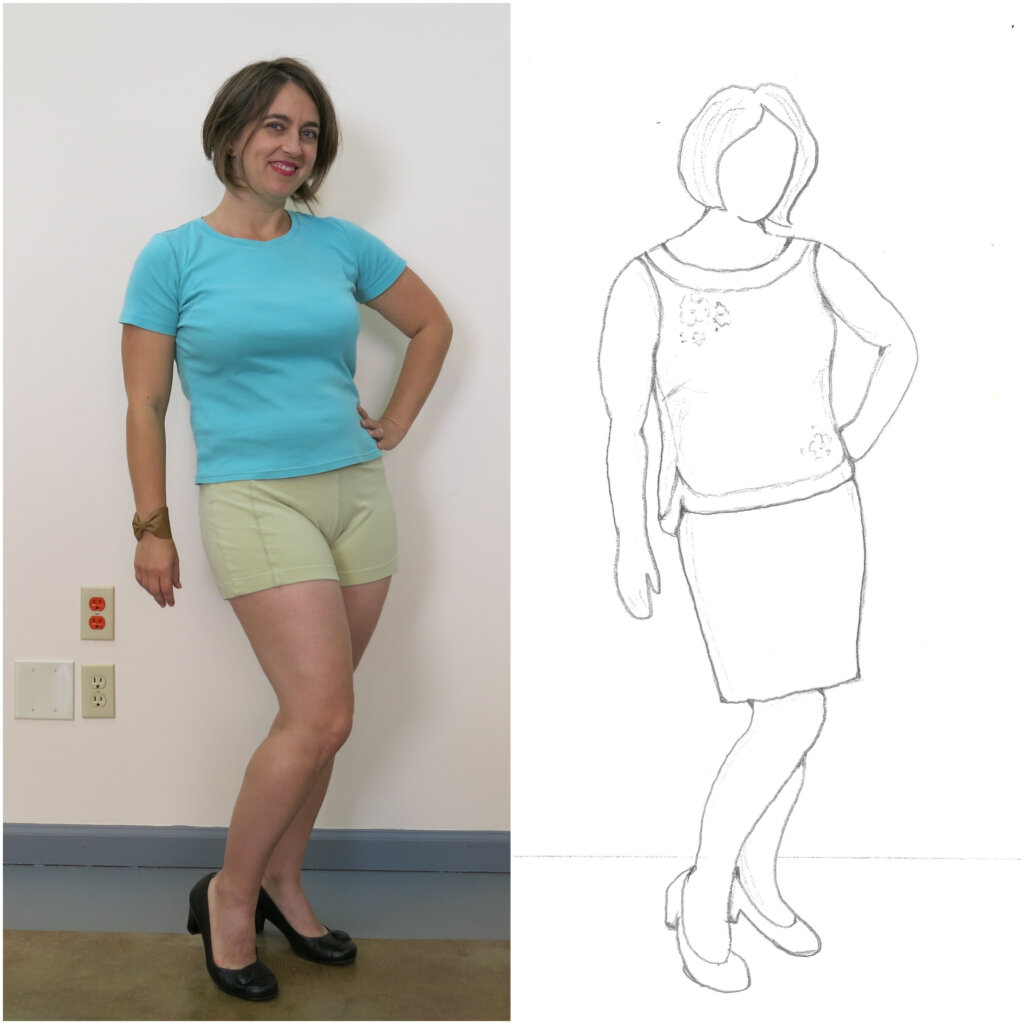
2. Break Down the Pose
Analyze the pose in simple shapes. Notice how the spine curves, where weight is distributed, and how limbs align. This helps you recreate the pose accurately.
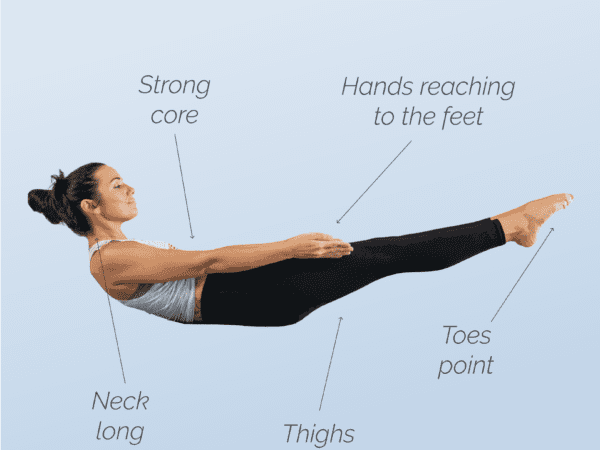
3. Study Multiple Angles
Whenever possible, use references that show the same pose from different viewpoints. This strengthens your 3D understanding of the figure.
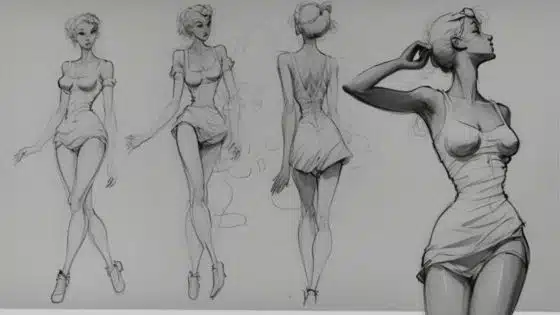
4. Practice Gesture Drawing with the Pose
Start with quick sketches to capture the energy and flow. This keeps your drawings lively and natural.
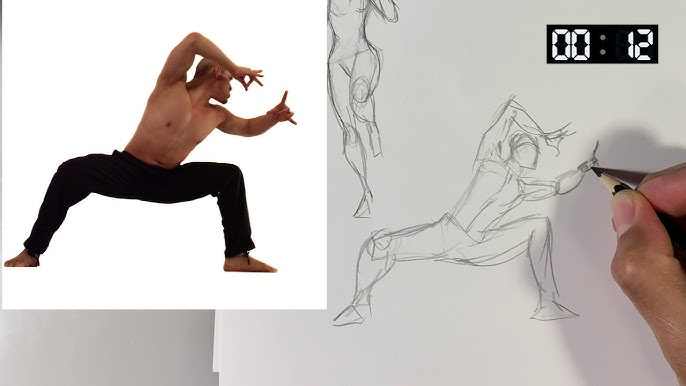
5. Combine References
Mix elements from several poses to create unique characters or compositions.
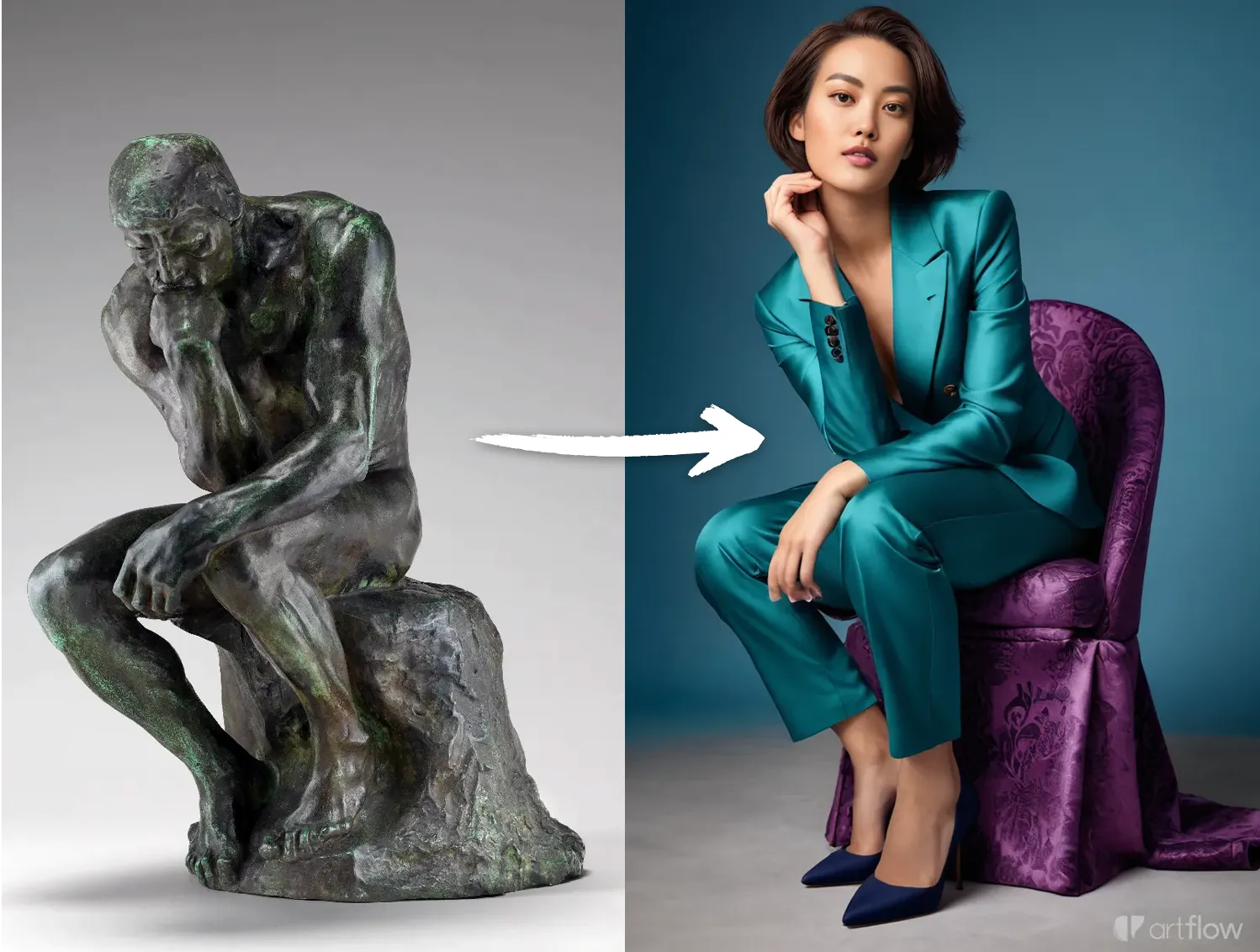
Benefits of Building a Personal Reference Library
Instead of searching for new references every time, building your own library saves time and sharpens your style.
- Organize poses by type: dynamic, standing, sitting, foreshortened
- Include diverse body types for realism
- Add notes on lighting or muscle tension
- Review regularly to track your progress
Tips for Choosing Good Reference Poses
- Choose high-resolution images so you can zoom in on details.
- Look for natural lighting to see shadows clearly.
- Prefer references with clear anatomy visibility (minimal clothing or tight-fitting outfits).
- Use diverse models to understand different body shapes and proportions.
- Include both male and female poses for a rounded understanding.
Common Challenges with Reference Poses and How to Overcome Them
Challenge 1: Feeling Dependent on References

If you worry about relying too much on photos, try these tips:
- Practice drawing from memory after studying a pose
- Use reference only for tricky areas
- Combine references to spark creativity
Challenge 2: Tracing Temptation
Tracing can feel like a shortcut but doesn’t help you learn anatomy. Instead:
- Use light grid lines to help with proportion
- Draw the pose with your own lines, adding your style
- Use tracing only as an exercise, then redraw freehand
Why Human Body Reference Poses Will Remain Essential in 2025
Even with AI pose generators and 3D tools advancing rapidly, real human reference poses remain irreplaceable. Nothing compares to the subtlety of muscle tension, natural weight distribution, and emotional expression captured in real photos or videos.
Combining traditional reference poses with modern tools will give you the best results.
Final Thoughts: Take Your Anatomy Practice to the Next Level
Human body reference poses are an artist’s best friend. They guide you in understanding complex anatomy, mastering dynamic movements, and developing your unique style.
Explore different types of poses, build a personal library, and practice regularly. The more you study the human figure, the more natural and confident your drawings will become.
So, get your sketchbook ready, browse those reference packs and apps, and start drawing the human form like never before!
